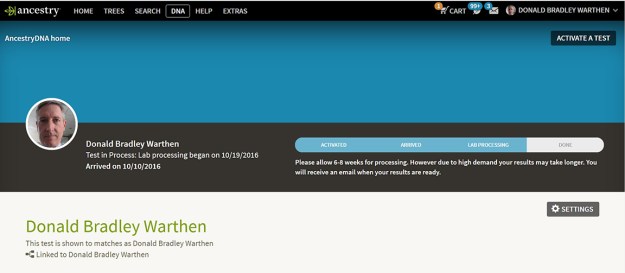This is just me griping about media again, like in the last post. This one is about headlines.
I’ve been enjoying my NYT Audio app, but some content is better than others. And today, I’m ticked because earlier this week, I found something that sounded intriguing, headlined “Can Humans Endure the Psychological Torment of Mars?”
Well, that grabbed me. Especially since I’m a longtime (since my teens) fan of Robert Heinlein’s Stranger in a Strange Land, which begins:
So yeah, I wanted to know the answer to the question. Was Heinlein right that “the greatest danger to man was man himself?” And could that challenge be overcome? SPOILER: All that work to build a compatable crew didn’t work out so well in the story.
But would it work better in real life? This NYT Magazine story was heavily hinting that somewhere in its thousands of words, there would be an answer to the question. So, even though it would take 43 minutes and 45 seconds, I thought it would be worth the listen.
It wasn’t. I mean, I was on a long walk, and it was interesting and passed the time. But no answer. Yet I kept expecting it, even when, at the beginning, it went into this long examination of how two people who had applied to be “crew” members felt about being chosen for the experiment. (I put “crew” in quotes because they’re just going to be locked up together here on Earth to see how they deal with it.)
They were excited, by the way. But torn about being away from loved ones for more than a year. There. Now, you can skip the first 30 or 40 minutes. Then, at the very end, one of the two excited folks gets cut from the program and replaced just before the experiment begins. She is devastated.
She goes home, and watches the beginning of the mission on TV, and starts trying to get over her disappointment. Which she gradually starts to do. The last sentence of the story is:
Then she baked a whole-wheat sourdough pizza, and she and Jake ate it, together.
Really. That was it. I think I yelled “WHAT?!?” as I walked down the street. Not a hint of an answer to the question posed in the headline.
Admittedly, the experiment isn’t over. The people went into the biodome thingy back in June, and they have months to go yet. But how about an update? How are they doing? Anybody crack up yet? I searched and found a progress report on the NASA site, and this was the most exciting paragraph in the post:
Over the past 200 days, the crew grew and harvested its first crops grown inside the 1,700-square-foot habitat, including tomatoes, peppers, and leafy greens, participated in a host of simulated “Marswalks” with relevant time delay, tempo, and activities consistent with future Mars mission concepts, and took part in science investigations in biological and physical sciences…”
No word on whether anyone has gone bonkers. Which, I suppose, is something they might not want to report until it’s all over. I get that.
But still. I don’t like it when a headline creates expectations that the story — especially an extremely long story — fails to fulfill.
So don’t do me like that…

























